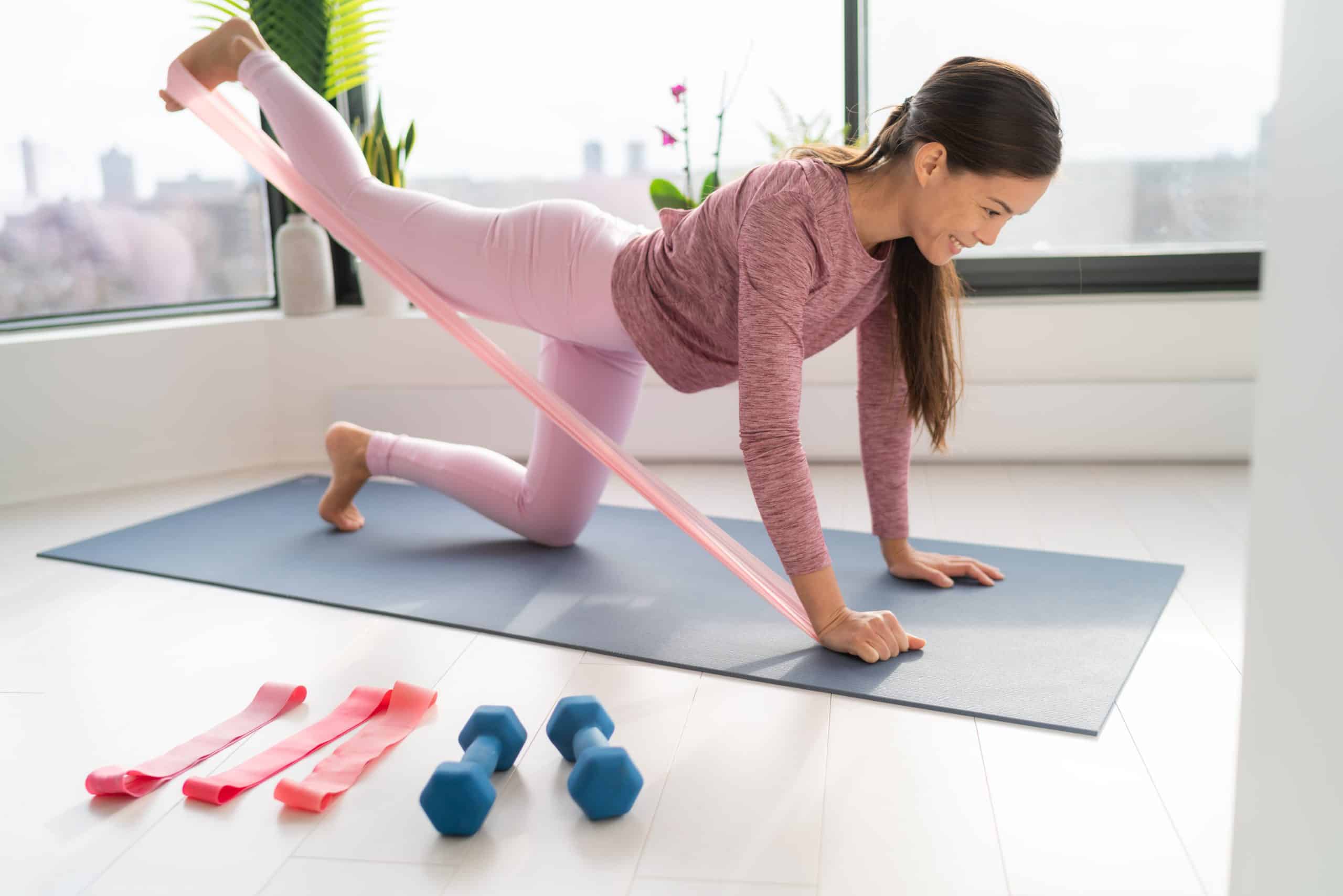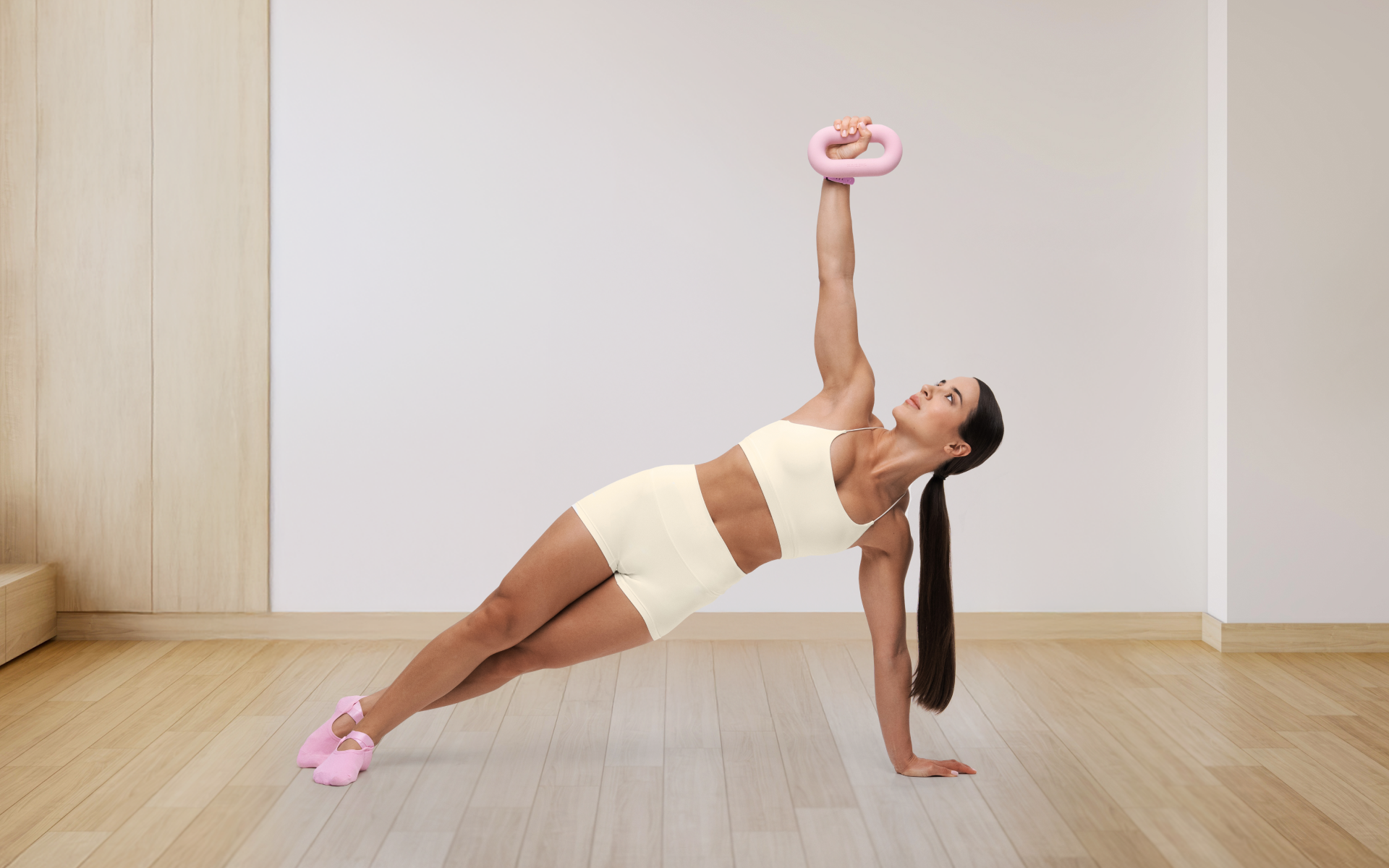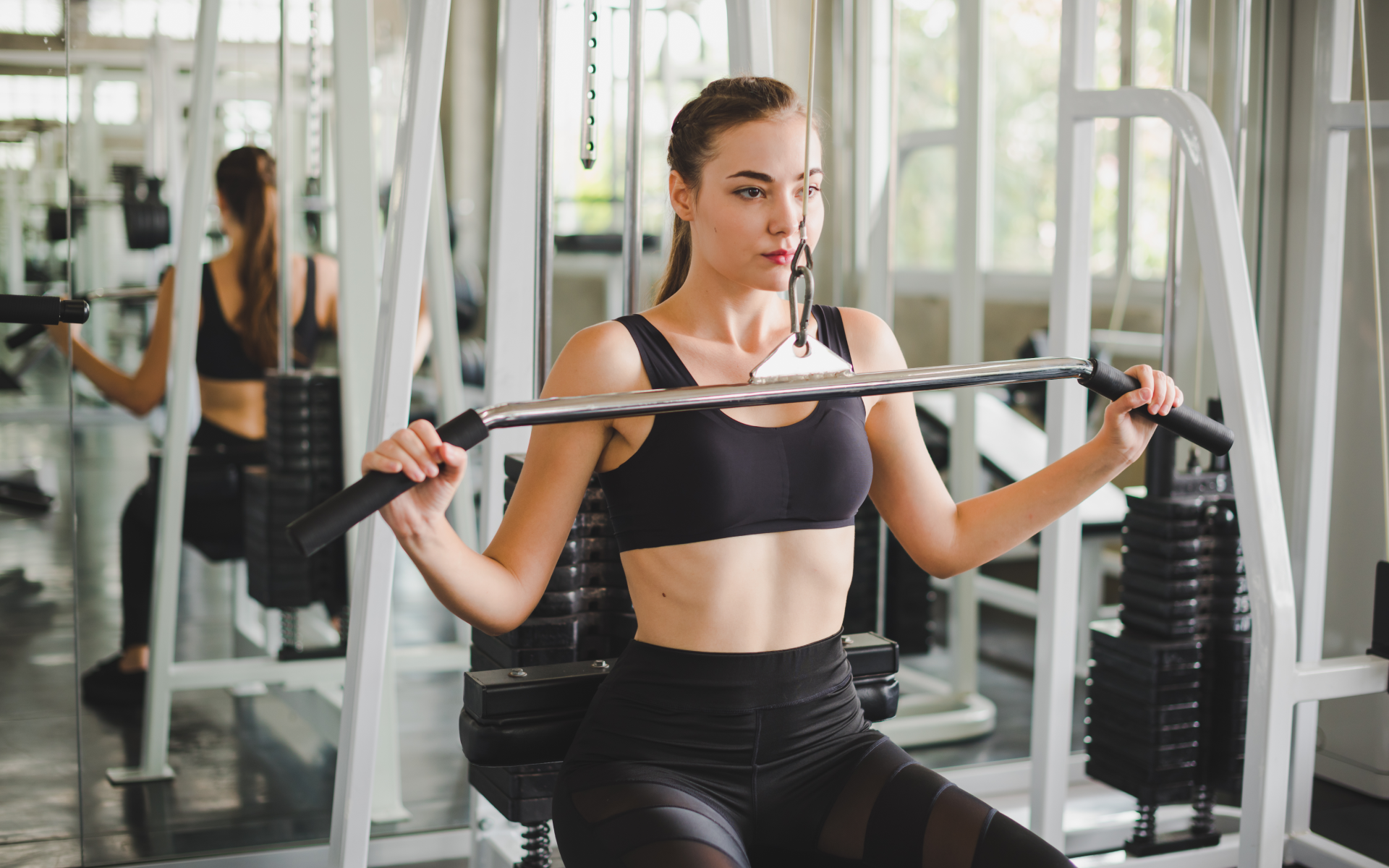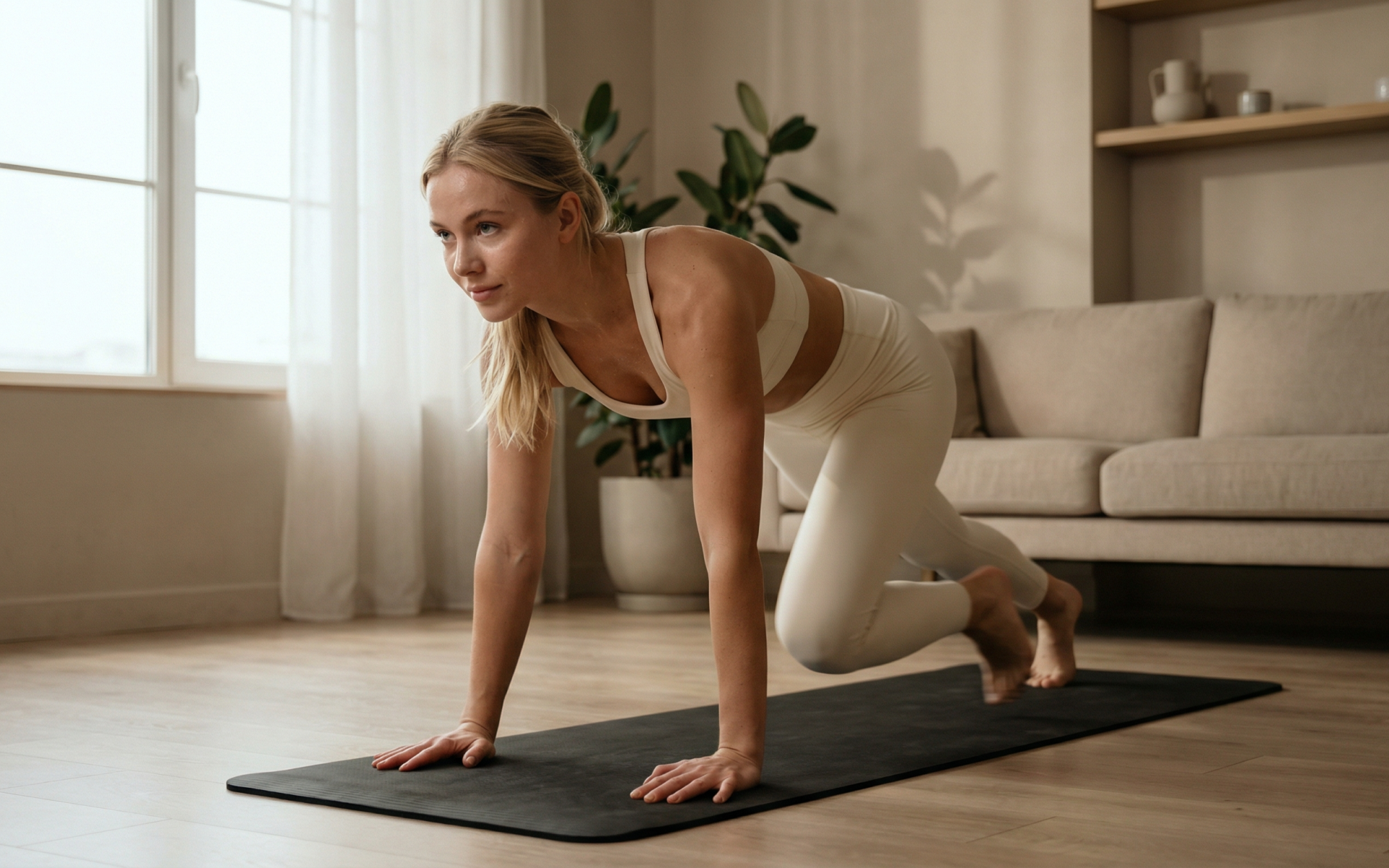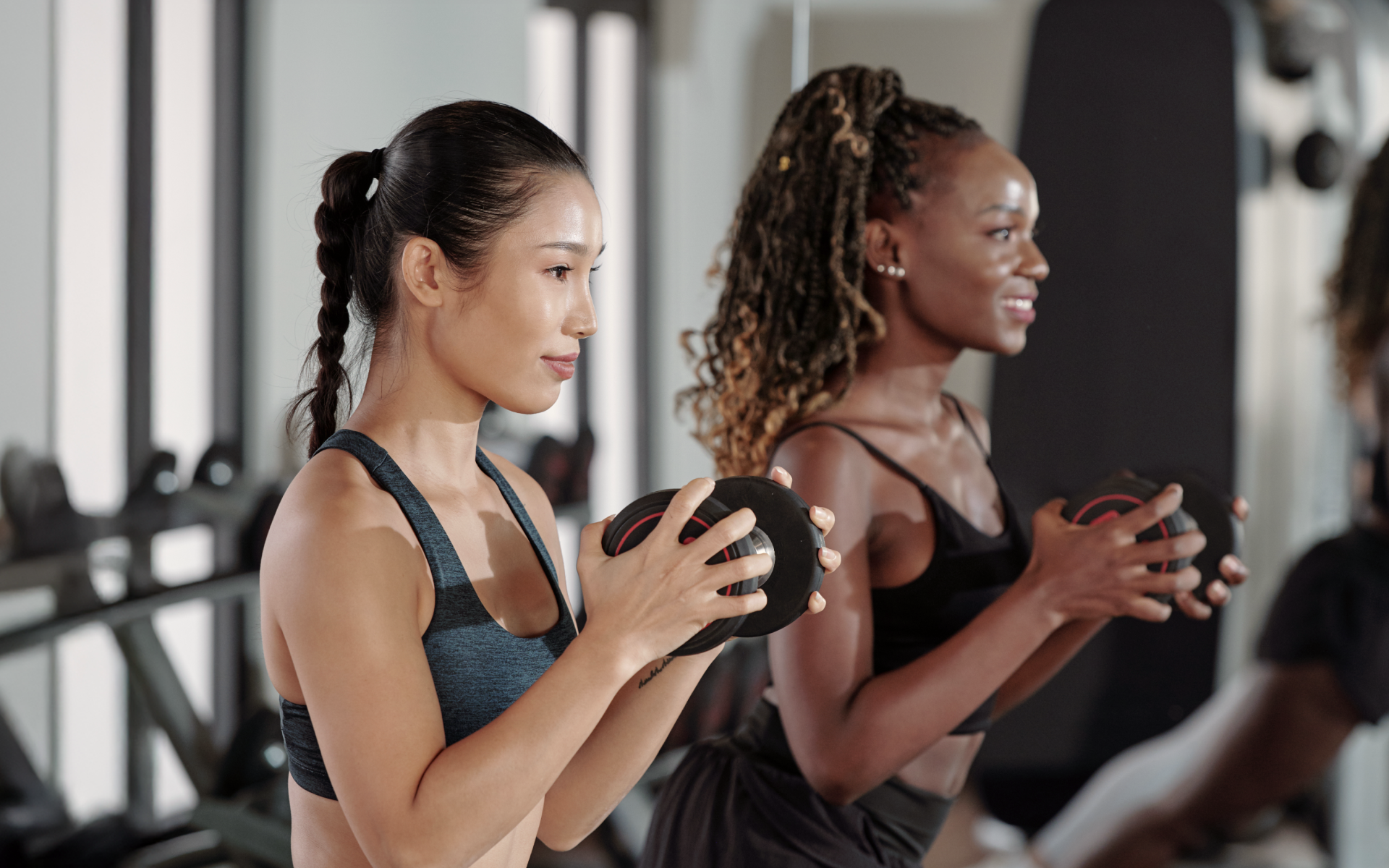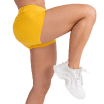In the world of health and fitness, we often focus on toned abs and chiseled arms. But what about the lower body? We’re talking about your booty, the powerhouse of your body, and a vital muscle group that deserves and demands attention.
Whether you’re aiming to get perkier glutes, increase your athletic performance, or simply improve your overall strength, it’s essential to search for targeted exercises for glutes. However, with countless workouts claiming to be the best, it can be challenging to know which ones are truly going to deliver the results.
Here, we’ll go through the most effective exercises, the science behind glute training, the role of good form, and how you can integrate these movements into the best glute workout at home or at the gym.
What Is the Most Effective Glute Workout?
There’s not only one most effective glute workout. In reality, the best glute workout is a combination of different exercises as there are different muscles in the glutes. So before we jump into the best glute workout, it’s important to understand the glute muscles and the best workouts.
The glutes, or gluteus muscles, are a group of three major muscles that are located in your buttocks. Here, you find the gluteus maximus, gluteus medius, and gluteus minimus (1).
These muscles contribute to the power and stability of the lower body and also play an important role in posture, athletics, and daily activities, such as walking up and down the stairs or standing up from a chair.
This is why neglecting your glutes can lead to imbalances and even injuries to your body. However, including the best glute workout for muscle mass can help you improve strength, endurance, and muscle tone.
To ensure you hit every part of your glutes, here’s a summary of the Best Glutes Exercises.
Hip Thrust
This is one of the best glute workouts you can do with your body weight, a barbell, or even resistance bands. Here’s how to perform a hip thrust effectively:
- Sit on the ground with your upper back against a platform or box.
- Roll a loaded barbell or place a resistance band just above your hips.
- Press through your heels, squeeze your glutes, and lift your hips from the ground.
- Lower your hips back down, almost touching the floor without resisting.
This is the perfect exercise to target the gluteus maximus and is a great option for glute hypertrophy (muscle growth).
BetterMe is your fast-track ticket to a long-lasting weight loss! Tailor your fitness journey and maximize your results with just a couple of swipes!
Bulgarian Split Squats
If you’ve trained your glutes before, you’ve probably heard of Bulgarian split squats. They are single-leg exercises that require balance and stability while effectively engaging all the glute muscles.
Here are some tips on how to perform this exercise effectively:
- Stand with a box behind you and place one foot on the bench.
- Lower your body until your front thigh is almost horizontal to the floor.
- Push back up to the starting position through your front heel. Make sure your chest is up and your torso is upright (avoid slouching).
This is one of the best glute activation exercises.
Glute Bridge
This is a beginner-friendly exercise that provides great glute activation while also engaging the core. Here’s how to perform this exercise correctly:
- Lie on your back with your knees bent and your feet flat on the floor.
- Keeping your core tight, push through your heels and squeeze your glutes to lift your hips off the ground.
- Hold for a moment at the top, making sure you maintain a straight line from your shoulders to your knees.
- Lower your hips back to the ground and repeat.
This can be a great exercise to learn how to properly engage your glutes, which is essential for more advanced movements.
Deadlifts
Deadlifts are a combination of movements that primarily target the hamstrings and lower back, but they also heavily engage the glutes. Here’s how to perform a deadlift with good form:
- Stand with your feet hip-width apart and hold a barbell or dumbbell against your thighs.
- Hinge at your hips and lower the weights to the ground, maintaining a straight back.
- Push through your heels to return to the standing position, squeezing your glutes at the top of the movement.
Step-Ups
Step-ups can effectively target the glutes and quadriceps. Here’s how to perform step-ups safely:
- Stand facing a sturdy box or bench of suitable height.
- Step onto the box with one foot and straighten your leg to stand on it.
- Step down and repeat, alternating legs.
It’s important to remember that there are countless other effective glute exercises you can include in your routine. Squats and lunges can also be a great part of an effective glute workout routine. If you’re unsure what the best workout based on your goals and needs is, make sure you speak with a professional to get a personalized routine.
What Builds Glutes the Fastest?
To understand how to build glute muscles faster, we must consider the science behind it. The glutes are composed of different muscle fibers (fast-twitch and slow-twitch). As a consequence, they respond well to a variety of training intensities and volumes.
High-intensity exercises such as squats and deadlifts can stimulate fast-twitch muscle fibers, while slower, controlled movements such as glute bridges can enhance endurance or your muscle fibers.
Therefore, balancing all the workouts can help promote glute growth.
You should keep in mind that building muscle takes time and patience. In addition, you also need to be in a caloric surplus, which means you need to eat more calories than the body needs (2).
Read more: Thigh Workout Guide: 7 Effective Exercises for Building Leg Strength
How Do You Hit All 3 Glute Muscles?
Remember that the glutes include three muscles: gluteus maximus, gluteus medius, and gluteus minimus. How can you target all three muscles at once during your routine? Here’s a breakdown of how to target each muscle.
Gluteus Maximus
To work on the gluteus maximus, focus on exercises such as squats, hip thrusts, deadlifts, and lunges. To effectively stimulate this muscle, it’s important to challenge the muscles with heavy weights or resistance bands. You need to aim for lower repetition ranges with heavier weights to promote growth.
Gluteus Medius
Include movements that involve moving the legs away from the midline of the body. This includes workouts such as lateral leg raises, clamshells, and side-lying hip abduction. Perform these exercises with controlled movements and lighter weights to help activate and strengthen this muscle group.
Gluteus Minimus
As the gluteus minimus plays an important role in stabilizing the pelvis and hip joints, you must include exercises that challenge balance and stability. Great workouts include single-leg exercises and balance drills.
Integrating Glute Workouts into Your Weekly Routine
Now you know the importance of glute workouts, it’s time to learn how to integrate them into your weekly training plan.
- Frequency. Training your glutes 2-3 times per week is enough to achieve the desired results for most people. Remember that the glutes are a large muscle group and they need time to recover between sessions.
- Volume. When you start, aim for 3-4 exercises per glute workout with 3 sets of each exercise. As you become a master in glute workouts, you can increase the volume to 4-6 exercises per session.
- Progression. Gradually increasing the weight, reps, or sets over time (progressive overload) is the key to building stronger glutes. Track your workouts and aim to do a bit more every session.
- Recovery. Remember that recovery is essential for muscle growth. Nutrition, sleep, and rest days are as important as the time spent at the gym.
Working Your Glutes at Home
If you prefer to work out at home, there are plenty of ways to target your glutes without full gym equipment.
- Resistance bands. These are fantastic tools for at-home glute training. A good set of bands can add the extra tension you need to achieve significant glute gains.
- Bodyweight exercises. Don’t underestimate the power of bodyweight exercise. Single-leg hip thrusts and glute bridges can be an effective way to train your glutes without any equipment.
- DIY weights. If you’re feeling a bit creative, you can make your own set of weights at home. A gallon of water in each hand or a sturdy backpack with books can help provide an extra challenge to your routine.
- Tempo training. Controlling the tempo of your exercises can help add another challenging layer. For example, if it normally takes you 3 seconds to lower into a squat, strive for a 5-6 lowering (eccentric) phase next time.
If you’ve mustered up the courage to crush your weight loss goal, let Betterme take the sting out of this demanding process. Our app will help you restructure your habits, remold your life and crank up your fitness results!
Tracking Your Progress
As with any other health or fitness goal, it’s important to track your progress to make sure you’re on the right path, and this will help you stay motivated. Here are some ways to help you track your progress:
- Photos and measurements. Taking photos and measurements of your glutes at the start of your training can be a great way to see the progress you’ve made.
- Strength and endurance. Keeping track of the amount of weight you use and the number of reps and sets you perform will help you see an improvement in strength and endurance over time. So you should keep a journal or a note.
- How your clothes fit. The way your clothes fit is a great indicator of changes in your body composition. If your jeans fit better and your leggings feel tighter in all the right places, you’re most likely gaining muscle in your glutes.
You may have noticed that the scale has not been included as part of tracking your progress. While the scale can be an indicator of progress, it doesn’t tell you exactly where you’re losing or gaining weight.
In addition, it’s important to remember that for muscle growth, you may end up gaining weight, which for some women may be a bit scary. This is why it’s recommended that you focus on other indicators of progress, such as the ones mentioned above.
Read more: Your Flat Tummy Workouts Just Got Better With This Guide
Quick Glute Home Workout Routine
Here’s one of the best glute workouts for men and women. It can easily be done at home with minimal equipment.
Remember to warm up before you start your workout and cool down afterward with some light stretching. Adjust the number of sets and repetitions based on your fitness level, and feel free to add any additional equipment such as weight or resistance bands if you have them available.
- Bodyweight squats: 3 sets of 12-15 repetitions
- Glute bridges: 3 sets of 12-15 repetitions
- Reverse lunges: 3 sets of 10-12 repetitions
- Donkey kicks: 3 sets of 12-15 repetitions
Check out our other articles to add different routines to your glutes workouts: Butt Lift Workout and Squats Workout Plan
FAQs
Does squeezing your glutes make them grow?
Yes, squeezing the glutes during exercises can enhance muscle activation and help you develop a better mind-muscle connection. As a result, this can lead to better muscle growth over time. However, simply squeezing your glutes without proper resistance training won’t lead to a bigger booty.
Do glutes grow on rest days?
Yes, as with any other muscle group, the glutes can grow during rest and recovery periods rather than during exercise. Rest days allow muscles to repair and rebuild, which leads to growth and strength. However, you should keep in mind that you need proper nutrition and sleep for optimal muscle growth.
Do squats make your butt bigger?
Yes, squats can increase the size and strength of your glutes, which results in a bigger booty. Consistent squatting with proper form and progressive overload can lead to muscle growth and a bigger booty over time.
How long does it really take to build glutes?
The time it takes to build glutes can vary depending on several factors, such as genetics, training intensity, consistency, and nutrition. With a well-structured routine, you’ll see results within 4-8 weeks. However, significant growth may take months or even years. Patience, dedication, and a balanced approach are essential for optimal results.
The Bottom Line
When you focus on glute training, you’re sculpting a more prominent booty and also improving your overall health and fitness. Strong glutes contribute to better athletic performance, improved posture, and help with day-to-day activities.
So, it’s time to give your glutes the attention they deserve. Include these exercises and our small workout routine to get the results you desire.
DISCLAIMER:
This article is intended for general informational purposes only and does not serve to address individual circumstances. It is not a substitute for professional advice or help and should not be relied on for making any kind of decision-making. Any action taken as a direct or indirect result of the information in this article is entirely at your own risk and is your sole responsibility.
BetterMe, its content staff, and its medical advisors accept no responsibility for inaccuracies, errors, misstatements, inconsistencies, or omissions and specifically disclaim any liability, loss or risk, personal, professional or otherwise, which may be incurred as a consequence, directly or indirectly, of the use and/or application of any content.
You should always seek the advice of your physician or other qualified health provider with any questions you may have regarding a medical condition or your specific situation. Never disregard professional medical advice or delay seeking it because of BetterMe content. If you suspect or think you may have a medical emergency, call your doctor.
SOURCES
- Anatomy, Bony Pelvis and Lower Limb, Gluteus Maximus Muscle. (pubmed, 2023)
- Is an Energy Surplus Required to Maximize Skeletal Muscle Hypertrophy Associated With Resistance Training. (pubmed, 2019)
